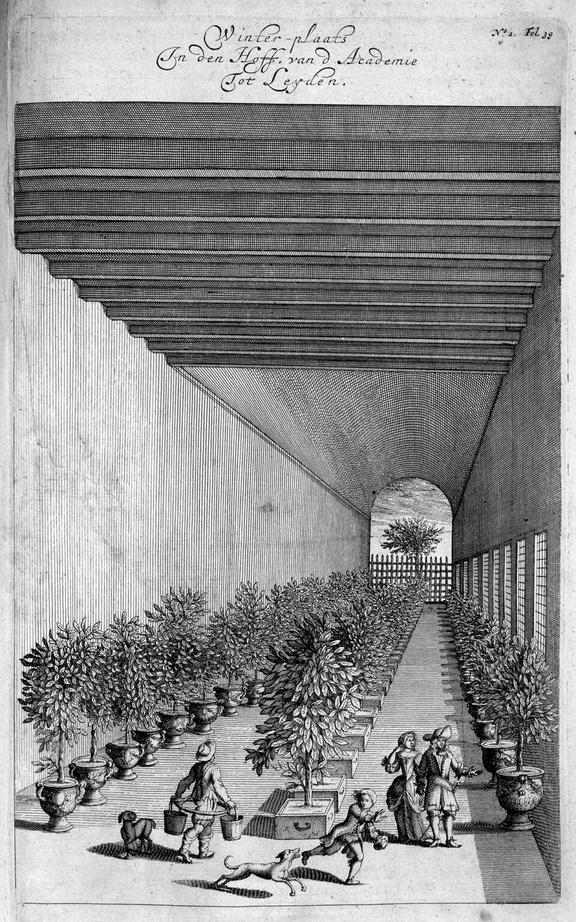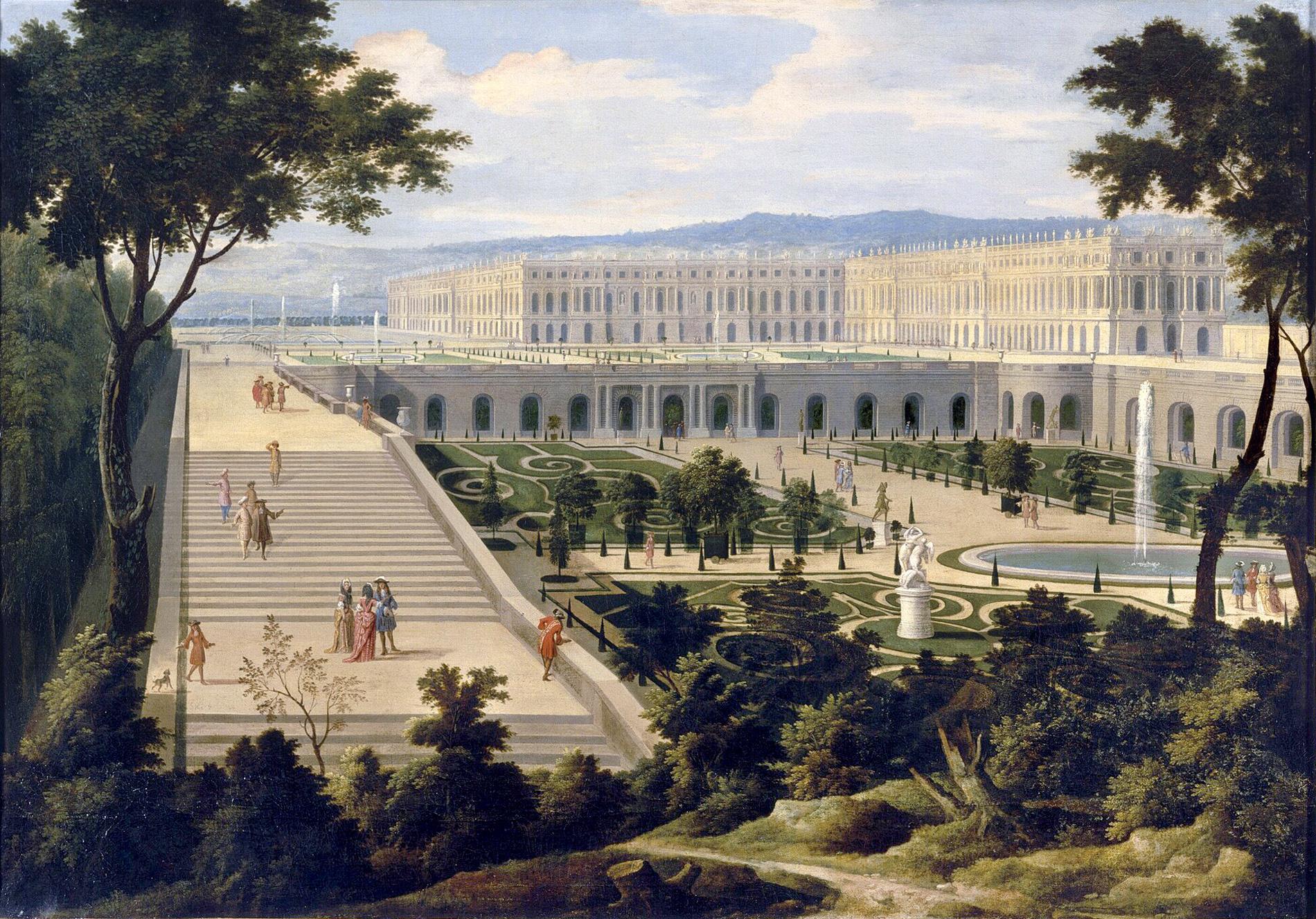
2 minute read
An appreciation Of Conservatory Architecture

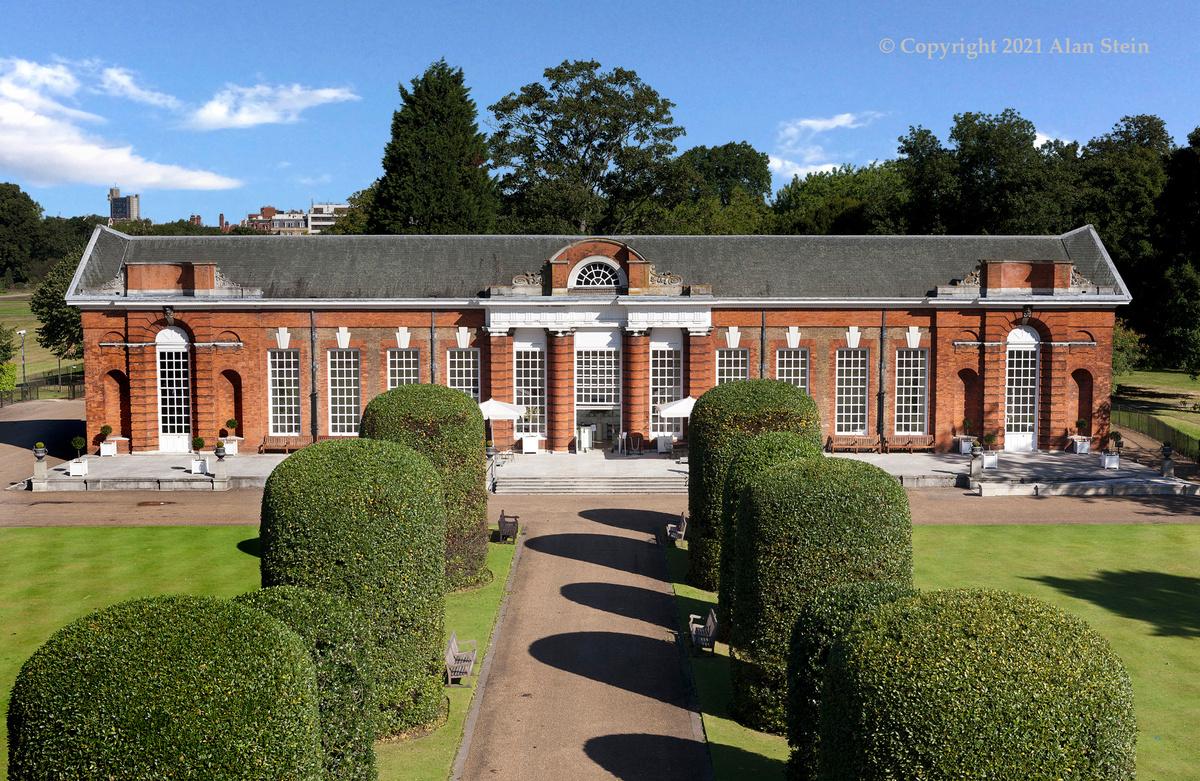
HISTORIC CONSERVATORIES OF THE 17TH & 18TH CENTURY & THE ARCHITECTURE BEHIND THEM!
Have you ever wondered what started the trend for conservatories and why they are still desired after over 200 years?
The humble beginnings of glasshouses were first introduced during the 17th and 18th centuries. Developed by “a royal appetite and a doctor’s command” , as Alan states in their publication The Conservatory: Gardens Under Glass, to overwinter tender plants in cool European climates, the first conservatory was created using cold frames covered with oilcloth or translucent stone like mica to act like glass. Much different from the typical build of conservatories we are familiar with today such as Syon Park, the Crystal Palace, and the Conservatories at Kew Gardens. During this time, garden beds would be moved outside during the warmer months and when nights become too cold and the light too dim for growing, gardeners would move the beds back inside.
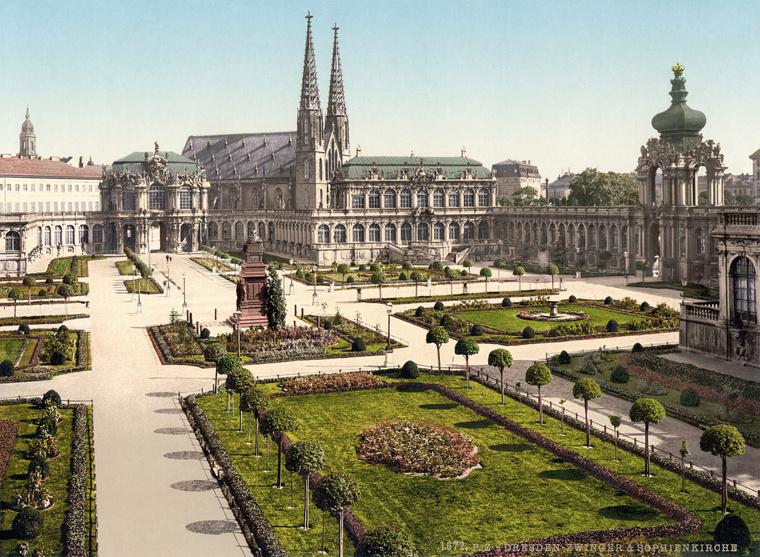
As word spread over the next thousand years, people began educating themselves on the world around them. What had been rudimentary havens for the cultivation of food and medicinal plants evolved into orangeries created to house citrus and other exotic trees brought back to Europe by explorers who traveled the world searching for useful plants. These new buildings were usually constructed with thick masonry walls and southfacing windows to provide just enough light and heat to keep citrus, bay, myrtle, pomegranate, and other tender exotics alive until they could be moved outdoors in the spring. Plants were grown in containers specifically designed for ease of movement. Although functional, overall aesthetics were not a priority when it came to protecting delicate tropical plants from the cold. It was not until later that wealthy Renaissance merchants built orangeries more worthy of their status.
Aristocrats grasped the opportunity to show off their rare treasures by commissioning architects to imagine structures even more beautiful than those built by preceding generations. Nobles and wealthy merchants across Europe and the United Kingdom built grand orangeries, such as the Versailles Orangery, large enough to hold hundreds of these citrus trees. Nestled against south-facing walls, under terraces, or within larger buildings, these orangeries became places for gatherings, feasts, and parties where guests could be enveloped by the fragrance and beauty of prized citrus trees.
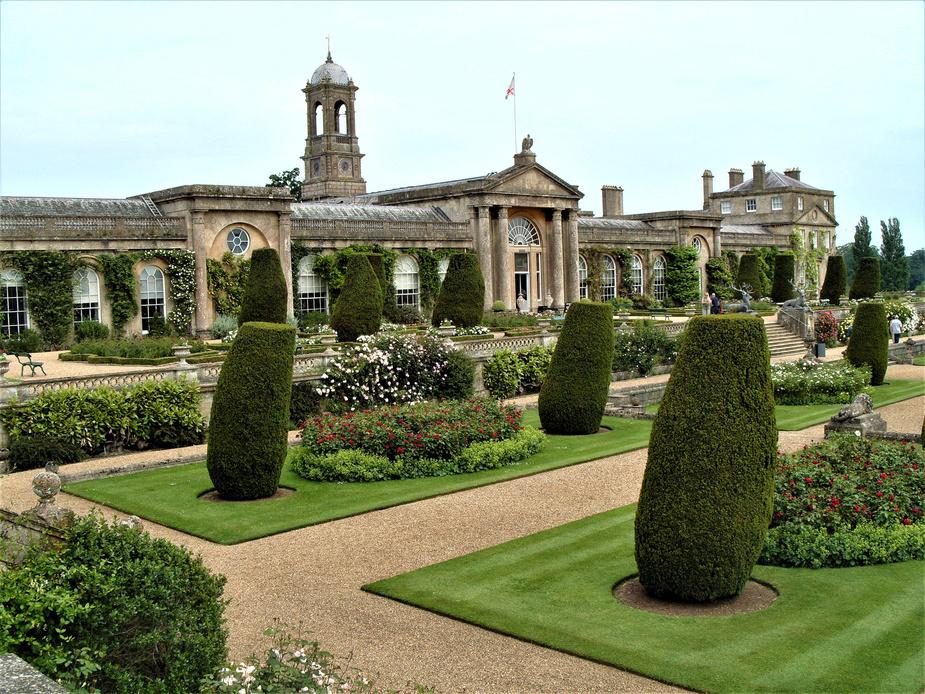
As time progressed, architects and builders became more creative in their expressions of conservatories and their use. From the introduction of glass to hand-carved decorations into the stonework, take a stroll through some of the most iconic conservatories from this time period!
To continue reading about their evolution, order a copy of The Conservatory: Gardens Under Glass at amazon.com!
The Conservatory: Gardens Under Glass
